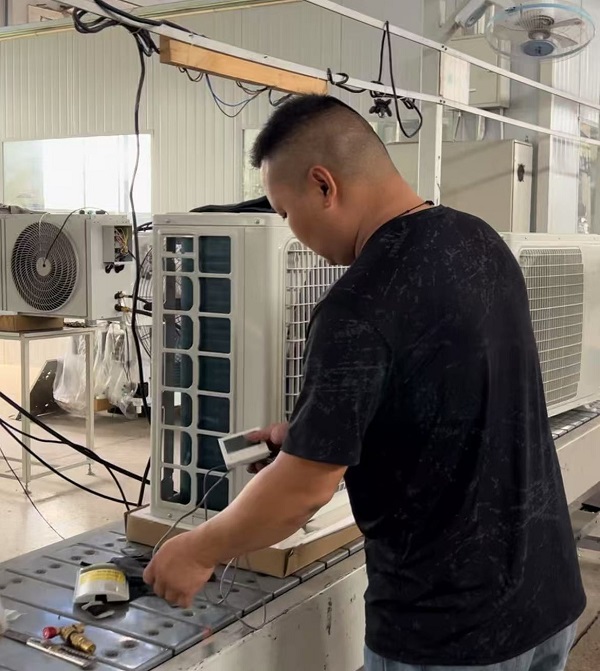Hotline
86+13616130802
During summer, cold storage units operate frequently due to high ambient temperatures and increased cooling demands. Improper maintenance during this period can easily lead to equipment failures, higher energy consumption, and even shortened service life. Here are key considerations for using cold storage units in summer, covering equipment operation, maintenance, environment, and more:


